When faced with dental restoration options, the question emerges: Is there a specific moment to choose a crown over a filling? Understanding these choices can transform your dental experience, ensuring optimal care tailored to your needs. Explore the key differences between these two popular options and equip yourself with the knowledge to make informed decisions.
Exploring the Key Differences Between Dental Crowns and Fillings
The **key differences between dental crowns and fillings** are crucial for anyone considering restorative dental procedures. A dental crown serves as a cap, covering the entire tooth, providing protection and aesthetic improvement. In contrast, a dental filling is used to fill a cavity, restoring the tooth's function and integrity by filling in the damaged area. Both aim to preserve dental health, but they serve distinct purposes, with specific scenarios dictating their use.
What Is a Dental Crown?
A dental crown is a protective covering placed over a tooth to restore its shape, size, strength, and appearance. When a tooth is damaged due to large cavities, fractures, or decay, a crown can prevent further deterioration. Fabricated from materials like porcelain, metal, or ceramic, crowns are often recommended after procedures like a root canal treatment to provide long-lasting support where a simple filling would not suffice.
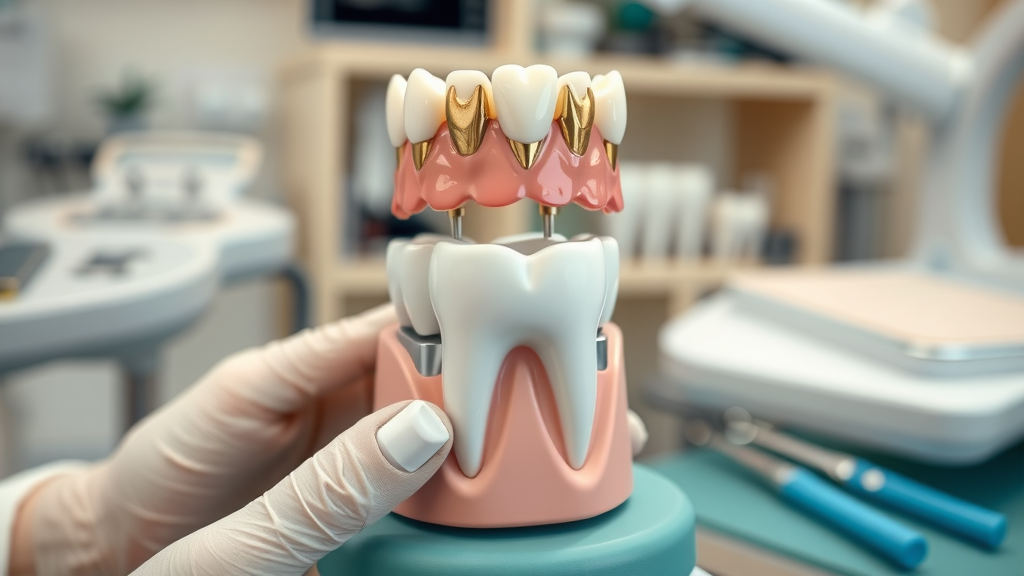
An Insight into Tooth Crown and Its Uses
Tooth crowns are invaluable for safeguarding weakened teeth and maintaining a healthy and aesthetically pleasing dental appearance. Besides strengthening teeth after extensive decay removal or root canal treatment , crowns can also enhance the cosmetic appearance of teeth that are discolored or misshapen, contributing to a beautiful smile. This double function—both restorative and cosmetic—underscores why many opt for this solution.
What Is a Dental Filling?
A dental filling is a procedure designed to restore the functionality and morphology of a tooth affected by decay. During this process, the decayed section of the tooth is removed and replaced with a filling material, which can be composite, amalgam, ceramic, or gold. This simple procedure is generally sufficient for smaller cavities, offering an efficient solution to prevent further decay.

The Role and Benefits of Tooth Fillings
Tooth fillings play a critical role in dental health by sealing off spaces where bacteria can enter. This prevents further decay and, if done with composite materials, can match the natural tooth color, preserving the aesthetically pleasing aspect of your smile. Fillings are a quick and cost-effective solution for small to medium-sized cavities, reducing the likelihood of future dental issues.
Crown vs Filling: Which is the Better Choice?
Determining whether to opt for a crown or a filling depends significantly on the tooth's condition and large cavities. Crowns are ideal when a tooth requires comprehensive coverage due to extensive damage. Fillings, however, suffice when addressing less severe cavities. Your dentist can provide guidance tailored to your unique dental scenario.
Evaluating the Benefits of Crowns and Fillings for Large Cavities
When dealing with large cavities, the decision between a crown and a filling hinges on the tooth's remaining structure and its stability requirements. Crowns provide superior coverage and protection, especially in cases where fillings might fail due to excessive wear or pressure. On the other hand, fillings are less invasive, preserving more of the natural tooth.
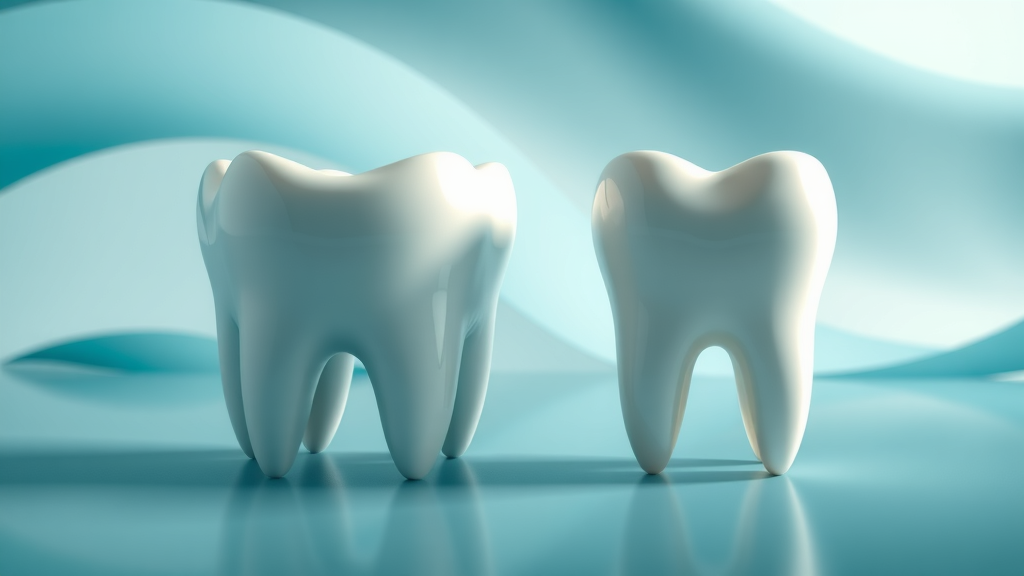
When to Consider Crowns Over Fillings
Choosing a crown typically comes into play when structural integrity is compromised. A crown offers more extensive protection, which is critical for weakened tooth structures. Cosmetic purposes also play a role, where the natural look of the crown can enhance your smile's overall appearance. Consult with your dentist to explore your personal options.
Reasons to Choose a Dental Crown or Filling
Understanding dental crowns and fillings is vital for making an informed choice. Dental crowns are suitable for severely worn or cracked teeth, while fillings are apt for minor decay and damage. Here are some guidelines:
Weakened tooth structures often necessitate crowns.
Small, manageable cavities can typically be treated with tooth fillings.
Post root canal treatments generally require crowns to protect the tooth's structural integrity.
Understanding Dental Crowns for Weakened Teeth
The application of dental crowns is a preferred choice for weakened teeth, providing a robust solution against further damage. The crown encapsulates the tooth, restoring its function while ensuring durability. This approach is especially beneficial for teeth that have undergone extensive procedures or repairs, such as root canal treatments .

Achieving an Aesthetically Pleasing Smile with Dental Fillings
Dental fillings are not only reparative but also contribute to an aesthetically pleasing smile. By selecting materials that match your tooth's natural shade, fillings offer a subtle and effective restoration approach. This ensures that your dental work remains discreet, maintaining the **beautiful smile** you desire while safeguarding dental health.
Is It Painful to Get a Crown? Addressing Common Concerns
One common concern about receiving a crown is the potential for pain. Modern dentistry has made this process greatly tolerable, employing effective pain management techniques to ensure patient comfort. The introduction of local anesthetics and, in some cases, sedation reduces discomfort significantly.
Pain Management during Crown and Filling Procedures
Both crowns and fillings rely on advanced anesthetics to manage pain during procedures. Local numbing agents are typically adequate, making the experience virtually pain-free. Dentists are trained to prioritize patient comfort, ensuring that you undergo these restorations with minimal discomfort, focusing on a gentle and soothing approach.

Why Dentists Recommend Crowns: A Professional Perspective
From a professional perspective, crowns are often recommended for their durability and the comprehensive protection they provide. Post-procedural insights suggest crowns as a favorable option in scenarios where extensive tooth loss or damage is evident, particularly in root canal treatments .
The Necessity of Crowns Post Root Canal Treatments
Following root canal treatments , the structural integrity of the tooth is compromised. But, dental crowns serve to restore the tooth's full functionality and protect against further damage. They provide a definitive barrier against infection and decay, extending the tooth’s lifespan considerably.
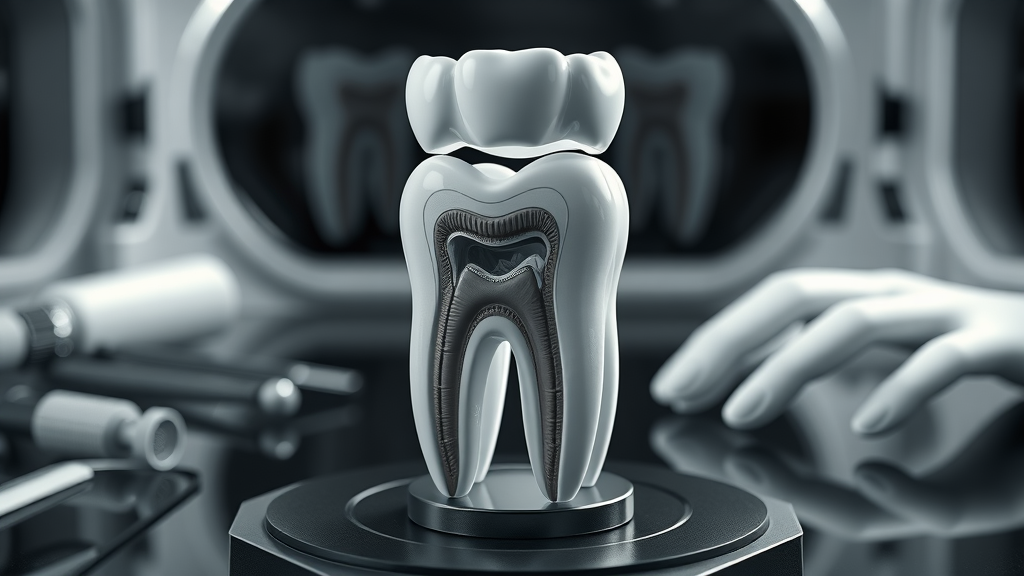
Exploring Cosmetic Purposes of Dental Crowns
Cosmetic purposes are integral to the utilization of dental crowns. Especially suitable for teeth that have been heavily restored, crowns improve the appearance and uniformity of your smile. They offer a solution for those seeking enhancements alongside dental health maintenance, ensuring functional and cosmetic benefits.
People Also Ask
Is a Crown Better than a Filling?
Whether a crown is better than a filling greatly depends on the severity and location of the damage. Crown vs filling considerations include the size of the cavity and the tooth's strength. Crowns often provide more coverage, ensuring comprehensive protection and durability, while fillings are more cost-effective and less invasive for minor decay.
Can I Ask for a Filling Instead of a Crown?
Certain situations permit choosing a filling over a crown, especially when damage is minimal and the tooth structure is predominantly intact. However, if a tooth faces severe deterioration or has undergone procedures like root canal treatment , a crown is typically prescribed to ensure long-term preservation.
Is It Painful to Get a Crown?
The prospect of pain during a crown placement is minimal, thanks to modern advancements in dental anesthetics. Dentists employ numbing techniques to make the procedure as comfortable as possible, prioritising patient experience and comfort throughout.
Why Do Dentists Push for Crowns?
Dentists advocate for crowns due to their reliability in terms of protection, restoration, and aesthetic improvement. Crowns are particularly significant post root canal treatments , enhancing the tooth’s integrity and preventing further issues. This robust solution ensures dental health is maintained over time.
What You'll Learn from Understanding Crowns and Fillings
Mastering the distinctions between dental crowns and fillings prepares you to make informed choices for dental health. Grasping the extent of key differences, such as durability, cost, and efficiency, aligns treatments with your specific needs. These insights empower you to consult confidently with dental professionals, prioritizing both functionality and aesthetics to achieve an optimal dental care experience.
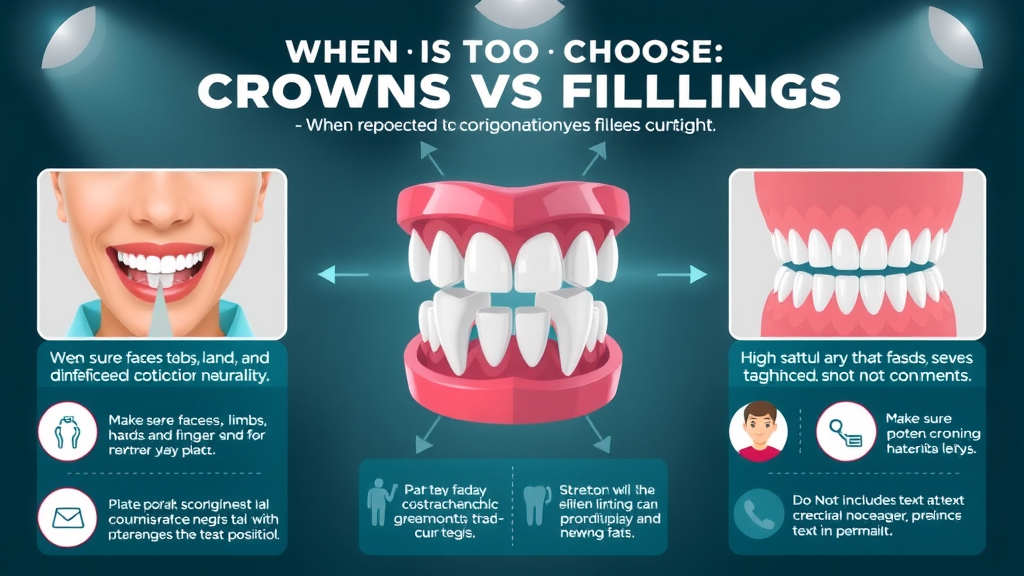
Comparative Analysis Table: Dental Crowns vs Fillings
Aspect |
Dental Crown |
Dental Filling |
|---|---|---|
Durability |
10-15 years |
5-10 years |
Cost |
Higher cost |
Lower cost |
Procedure Time |
2-3 visits |
1 visit |
Aesthetics |
Highly pleasing |
Good |
Invasiveness |
More invasive |
Less invasive |
Expert Quotes on Crowns and Fillings
Dental crowns offer strength and aesthetics where larger restorations are needed. - Dr. Smith, DDS
Comprehensive Lists on Crowns and Fillings
-
Crowns:
Post-root canal stabilization
Severe decay cases
Restoration after fractures
-
Fillings:
Minor cavities
Small decay removal
Gaps seal to prevent bacterial growth
Frequently Asked Questions Regarding Crowns and Fillings
Is a Crown Better than a Filling?
It depends on the condition of your tooth. A crown is better for extensive decay or structural compromise, whereas a filling is suitable for minor cavities.
Can I Ask for a Filling Instead of a Crown?
If the damage is minimal, you might opt for a filling. However, substantial damage typically necessitates a crown for long-term integrity.
Is It Painful to Get a Crown?
The procedure generally isn't painful, with local anesthesia ensuring comfort throughout the process.
Why Do Dentists Push for Crowns?
Crowns offer comprehensive restoration and protection, essential post-root canal or for fractured teeth, hence their recommendation.
In Pursuit of Optimal Dental Care for a Beautiful Smile
Conclusion: Making Informed Choices Between Crowns and Fillings
Deciding between a crown and a filling requires understanding their differences and benefits. Consult your dentist to ensure the best decision for your dental health.
Get Professional Assistance at Johnstown Dental Care
For expert advice and dental care, contact Johnstown Dental Care . Visit us at 370 West Coshocton St., Johnstown, OH 43031, or call (470) 967-6046.
Proudly serving:
Johnstown, New Albany, Granville, Alexandria, Pataskala, and surrounding areas in Licking County, Franklin County, and Delaware County.
 Add Row
Add Row  Add
Add 


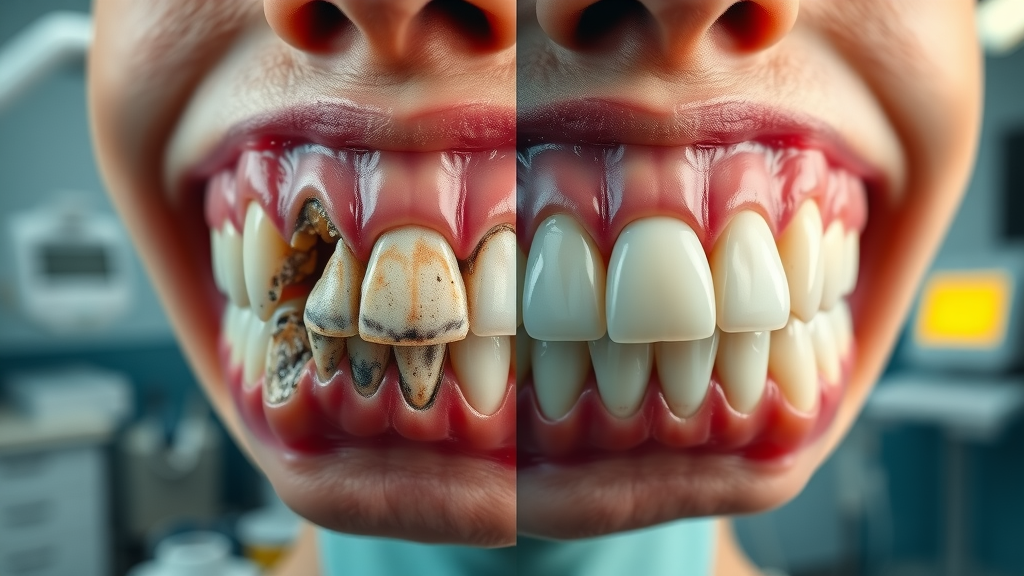

Write A Comment